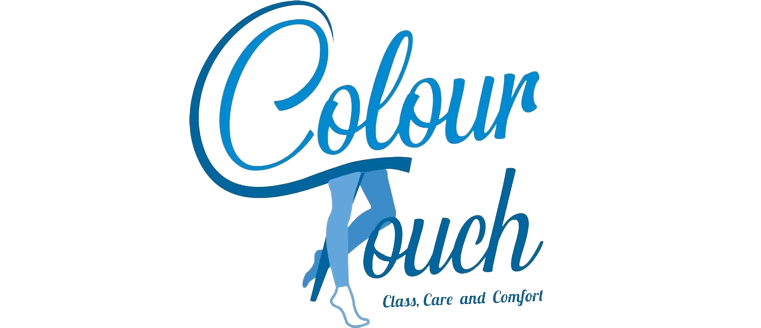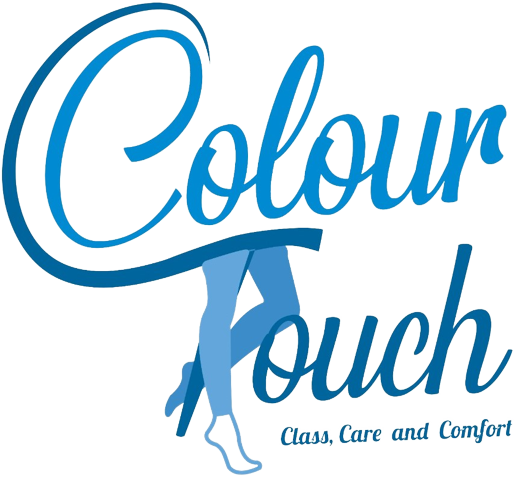Currently Empty: ₹0.00
Content
18- to 25-year-olds in Arizona are 12.47% less likely to use drugs than the average American in the same age group. 18- to 25-year-olds are 12.83% more likely to use drugs than the average American in the same age group. 18- to 25-year-olds are 14.50% less likely to use drugs than teen drug abuse the average American in the same age group. 18- to 25-year-olds in Vermont are 60.1% more likely to abuse alcohol than the nationwide average for that age group. 12- to 17-year-olds in the District of Columbia are the most lkely to use harder drugs and to suffer from IDUD.

220,000 adults aged 18- to 25-years-old used drugs in the last month. 10.87% of all 12- to 17-year-olds used alcohol in the last month. 12.45% of all 12- to 17-year-olds https://ecosoberhouse.com/ report using marijuana in the last year. Teenagers in Minnesota are 2.14% less likely to have used drugs in the last month than the average American teen.
What are the symptoms of drug abuse in teens?
2.51% of all 12- to 17-year-olds met the criteria for IDUD in the last year. 18- to 25-year-olds in Nebraska are 7.42% more likely to use drugs than the average American in the same age group. 18- to 25-year-olds in Missouri are 8.16% less likely to use drugs than the average American in the same age group. 18- to 25-year-olds in Mississippi are 26.51% less likely to use drugs than the average American in the same age group. 3.40% of all 12- to 17-year-olds met the criteria for IDUD in the last year.
What is adolescence and drug abuse?
Adolescence starts depending on drugs and misuse. They are at high risk of serious use of drugs later in their lives. Their drug usage has negative effects on the judgment in social and personal interactions which starts getting poor. It also has adverse affect on sexual activity.
When teenagers are upset or angry, they often turn toalcohol or druguse to help them manage their feelings. While adults do this too, a teenager’s brain is still developing. So if teens use drugs or alcohol to feel better, they’ll run into problems more quickly than adults. Some teens use drugs and alcohol to overcome insecurities, let their guard down and feel socially confident.
Why is CDC addressing youth high-risk substance use?
Your teen’s personality, your family’s interactions and your teen’s comfort with peers are some factors linked to teen drug use. Without therapy, self-abasing becomes all-consuming, governing one’s behavior and compromising decision making. As these patterns continue to spiral, teens find themselves taking potentially addictive substances to numb problems stemming from low self-esteem. The younger a person is when they begin using drugs the more likely they are to develop a substance-abuse problem and the more likely they are to relapse into drug abuse when trying to quit. The third stage is characterized by youth progressing to further increasing the frequency of using one or more drugs on a regular basis.
What are the 9 drugs of abuse?
- Amphetamines, Urine.
- Barbiturates, Urine.
- Benzodiazepines, Urine.
- Cocaine, Urine.
- Marijuana, Urine.
- MDMA, Urine.
- Methadone, Urine.
- Opiates, Urine.
Adderall abusemay occur among teens because they feel it is safe to abuse prescription drugs. Additionally,expertsreport that stimulant drugs increase alertness and concentration, so teens may abuse them to boost academic performance,study for testsor complete lengthy assignments. While teen drug use has declined, some teens today continue to experiment with substances like marijuana, cocaine, painkillers, amphetamines, inhalants and other drugs. When you want help for teen drug use, TX can provide you with drug and alcohol rehab programs to choose from. Make sure you pick one that has the right program for teen treatment. It’s no secret that drug use problems in the United States are on the rise.
Treatment
How is a parent to know if their teen is experimenting with or moving more deeply into the drug culture? Simply stated, a parent must be a good and careful observer, particularly of the little details that make up a teen’s life. Overall signs of dramatic change in appearance, friends, or physical health may be signs of trouble. Drug addiction is a complex disease that affects the brain in many ways. The involvement of the brain in drug addiction helps explain the primary reasons teenagers are more susceptible.

Our brains continue to develop until we reach our early- to mid-twenties. During adolescence, the pre-frontal cortex further develops to enable us to set priorities, formulate strategies, allocate attention, and control impulses. Drug use impacts perception—a skill adolescent brains are actively trying to cultivate—and can fracture developing neural pathways. Additionally, as our brains are becoming hardwired during adolescence, the pathways being reinforced are the ones that stick. If those pathways include addiction, the impact may lead to life-long challenges.
Consequences of teen drug abuse
2.58% of teenagers aged 12- to 17-years-old met the criteria for AUD in the last year. 3.88% of teenagers aged 12- to 17-years-old met the criteria for IDUD in the last year. 1.71% of teenagers aged 12- to 17-years-old met the criteria for AUD in the last year.

